Scientific research
The Aquarium de La Réunion is a partner in many scientific research projects aimed at discovering and gaining greater understanding of our living aquatic world.
We are learning more to safeguard our ocean and its marine biodiversity.
- Objectif 1000 expedition
- La Pérouse expedition
Reunion Island is a volcano whose slopes sink into the sea to a depth of -4000 m. Large underwater collapses and former riverbeds make these slopes very steep in places, particularly in the east and north-west of the island. This means great depths are accessible just a few miles from the coast, which is rare given that the continents are generally extended by very wide continental shelves.
Little is known about these great depths. In 1983, the oceanographic vessel Marion Dufresne dredged and took sound recordings there (MD32 campaign), but only rare data has been published. In 2010, ARVAM attempted to submerge traps below 1000 m with some success, collecting a few rare or unknown specimens, but no data was published. The Aquarium de la Réunion also carried out very deep fishing trials in 2012, capturing species not yet recorded in our waters, such as the famous longsnout dogfish which have been added to the collections at the Natural History Museum.
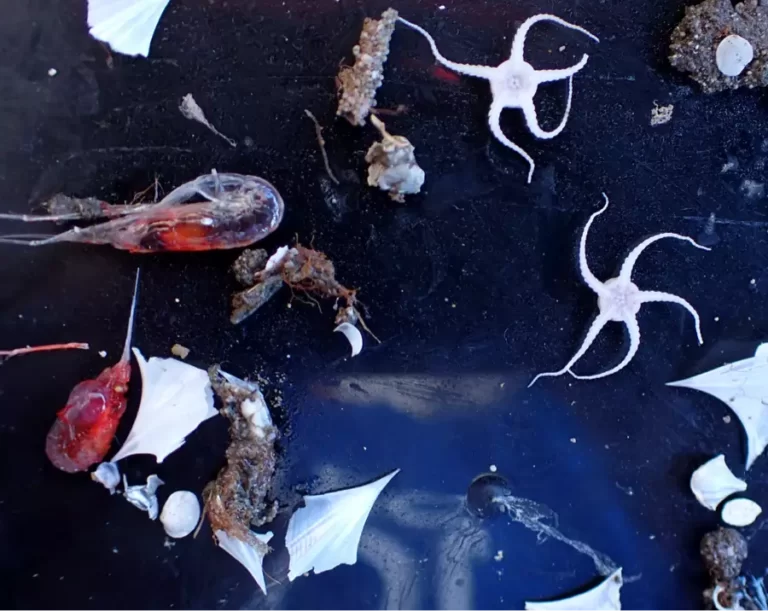
The scientific campaign OBJECTIF 1000 (2022) took advantage of this morphological opportunity to further our understanding of these environments. Collecting and studying samples of organisms at depths greater than 1000 metres has led to numerous discoveries.
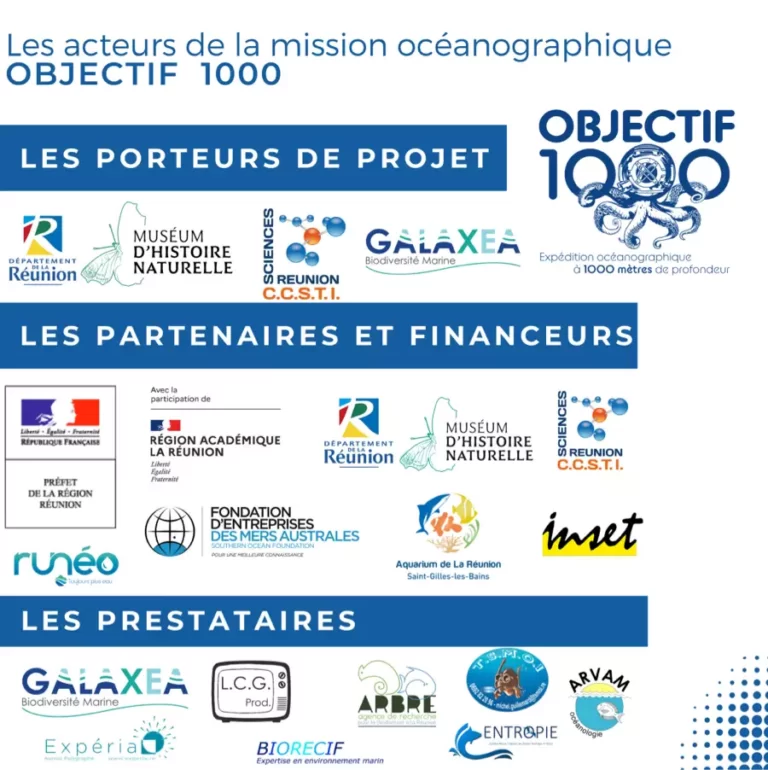
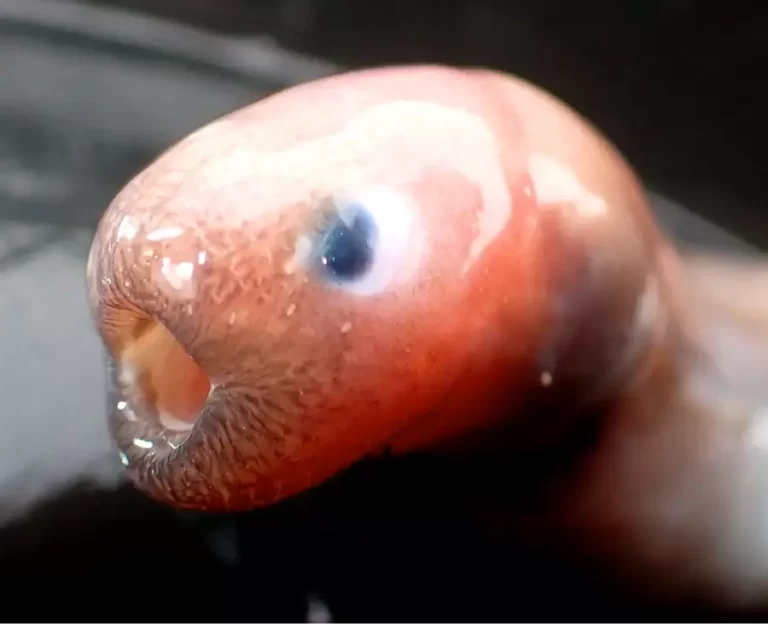
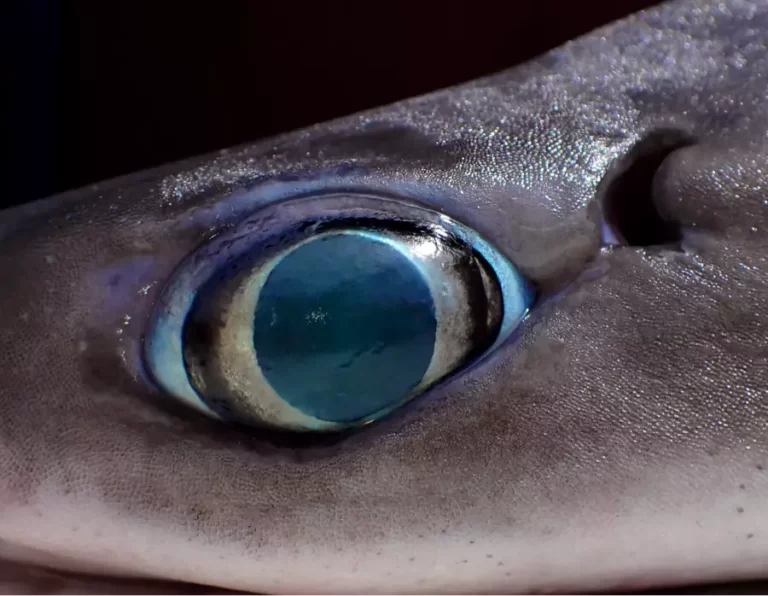
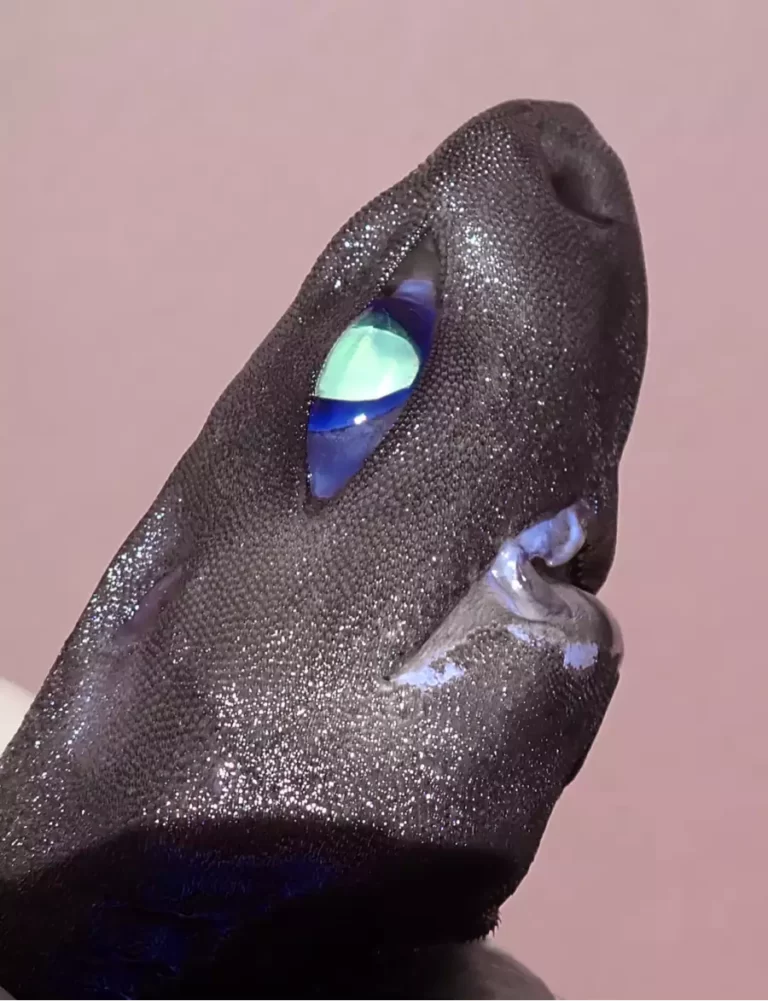

Mont La Pérouse, or Banc des 90 milles, is an enormous volcanic mountain located 160 km off the coast of Reunion Island. Little known, frequented only by fishermen and isolated in the heart of the Indian Ocean, all its secrets are kept under wraps.
A team of scientists, assisted by Laurent Ballesta's divers, went to explore its summit. The landscapes and flora and fauna discovered in and around this underwater mountain have sparked great interest.
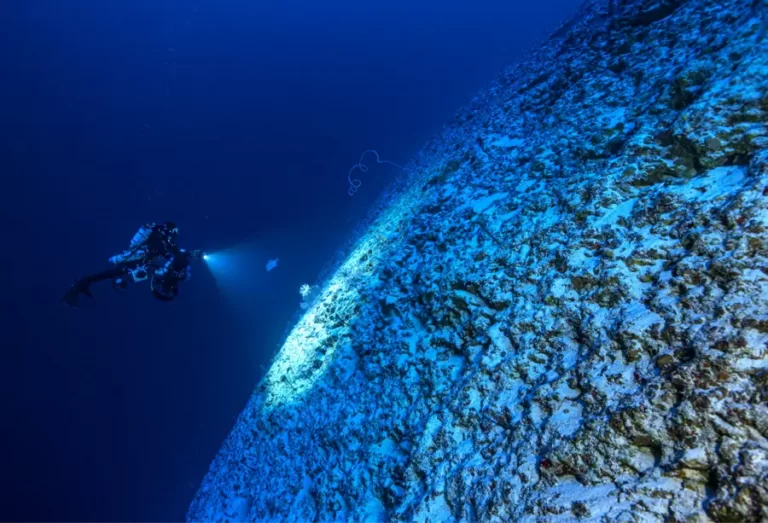

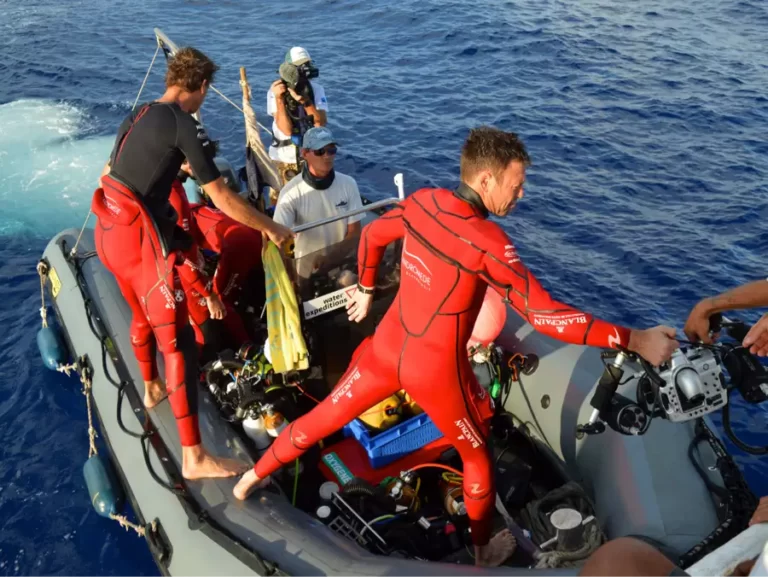
© Laurent Ballesta
